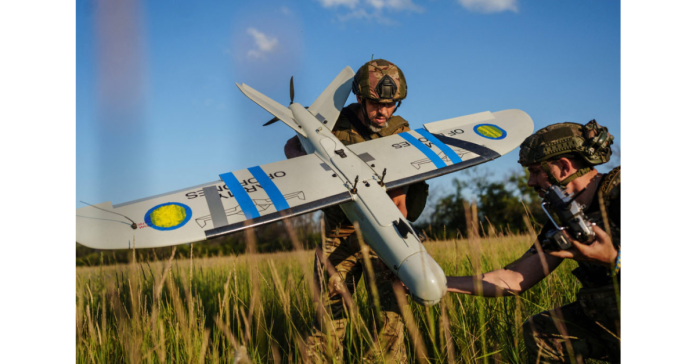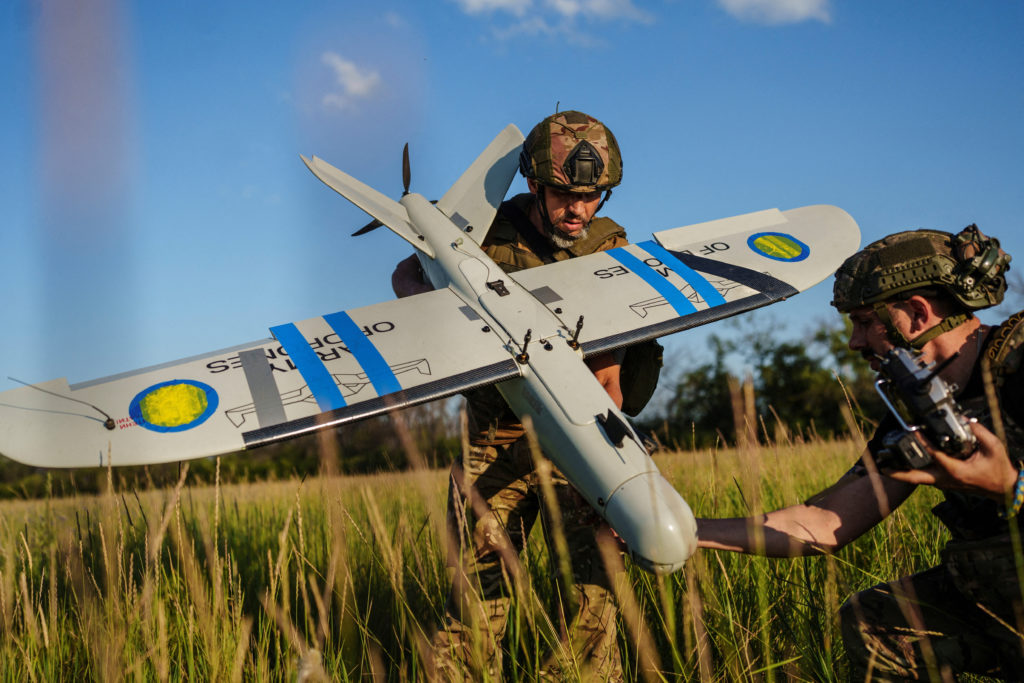
In the predawn hours over Crimea, Ukrainian long-range drones pierced one of Russia’s most prized defensive shields. A $20 million Pantsir-S2 air defense system, two radar stations, and critical oil depots were knocked out in a coordinated strike that underlined Kyiv’s evolving deep-strike doctrine. It was not just another battlefield skirmish but a deliberate blow to the infrastructure that sustains Russia’s military presence on the peninsula.
The strike was the latest in a series of operations part of the broader campaign that has seen Ukraine use domestically produced drones and missiles to hit targets far from the front lines. With Western suppliers placing restrictions on the type of long-range weapons they’ll provide, Ukraine’s defense industry has innovated at speed, producing systems capable of rivaling-or even surpassing-foreign designs. The Crimea strike offers a window into just how such capabilities reshape the strategic balance and create pressure on Moscow’s logistics, air defenses, and energy supply.
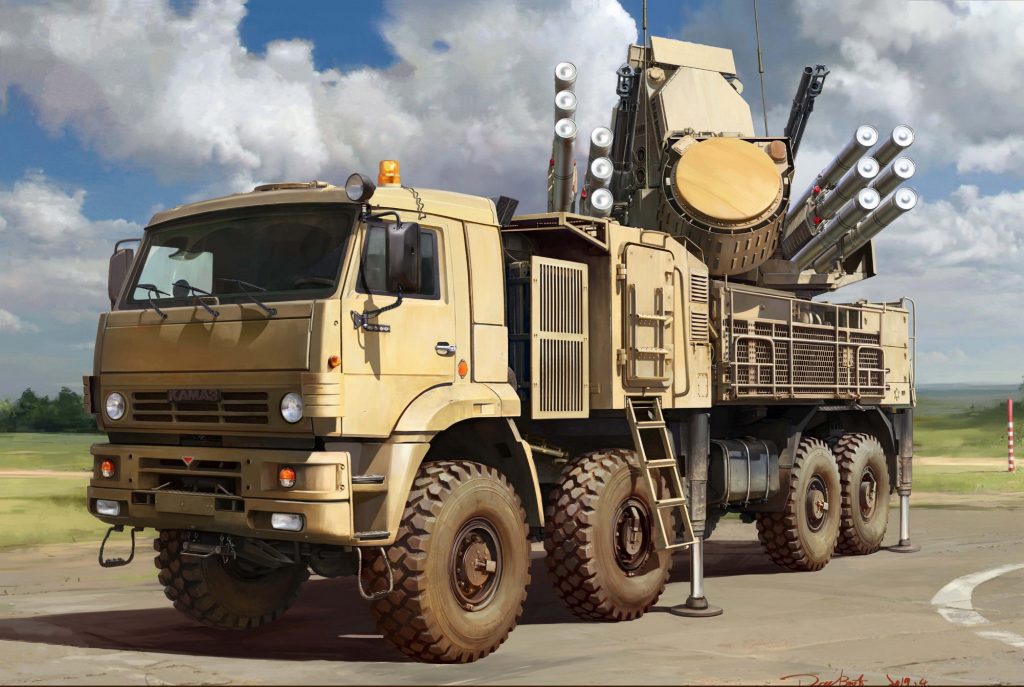
1. Strategic Value of the Pantsir-S2
The Pantsir-S2 is a highly modernized version of Russia’s Pantsir family of anti-air guns and missiles that intercept aircraft, precision-guided munitions, and UAVs. It can target up to 20 tactical aircraft-sized targets at 32–36 km range and engage several threats at once. But destroying such a system peels away one layer of short-range defense for the strategic site, further exposing higher-tier defenses such as S-400 batteries to saturation attacks. According to one Security Service of Ukraine source, “Each loss of Pantsir weakens the ability of Russia to defend Crimea,” which hosts significant military infrastructure that bolsters the wider war effort.
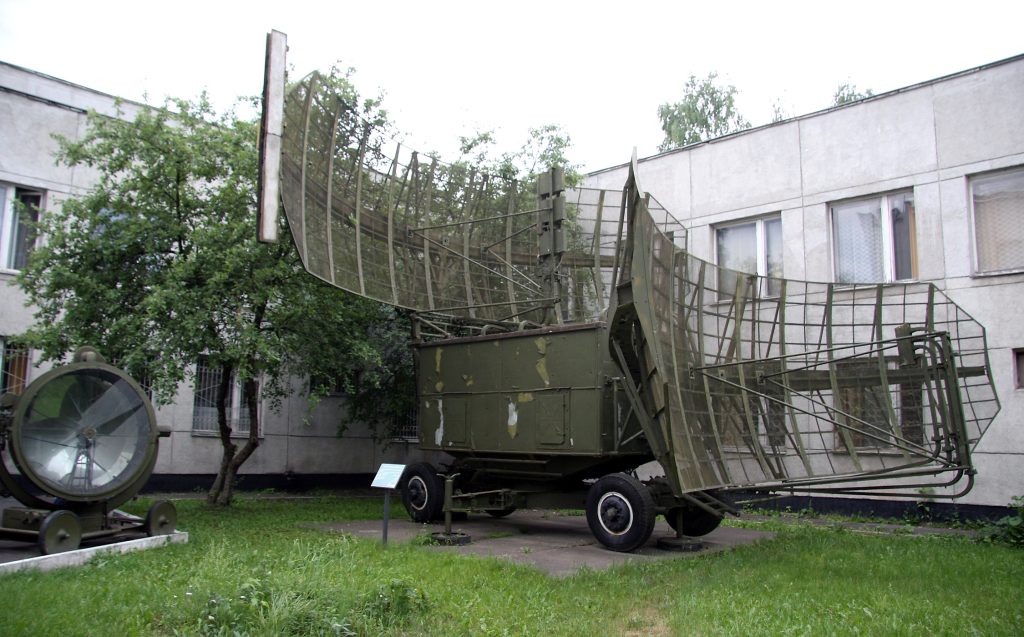
2. Radar Stations: Eyes of the Air Defense Network
The strike also knocked out two radar stations, likely low-altitude detection systems such as the 48Ya6-K1 Podlet. These radars warn of an incoming threat and cue missile batteries against any interception. Without them, the general view is that Russia’s integrated air defense in Crimea now operates with degraded situational awareness, and with it, an increased risk of surprise penetrations. Ukrainian military intelligence had earlier targeted similar radars in Donbas as part of what has been a systematic approach to dismantling Russia’s detection capabilities.
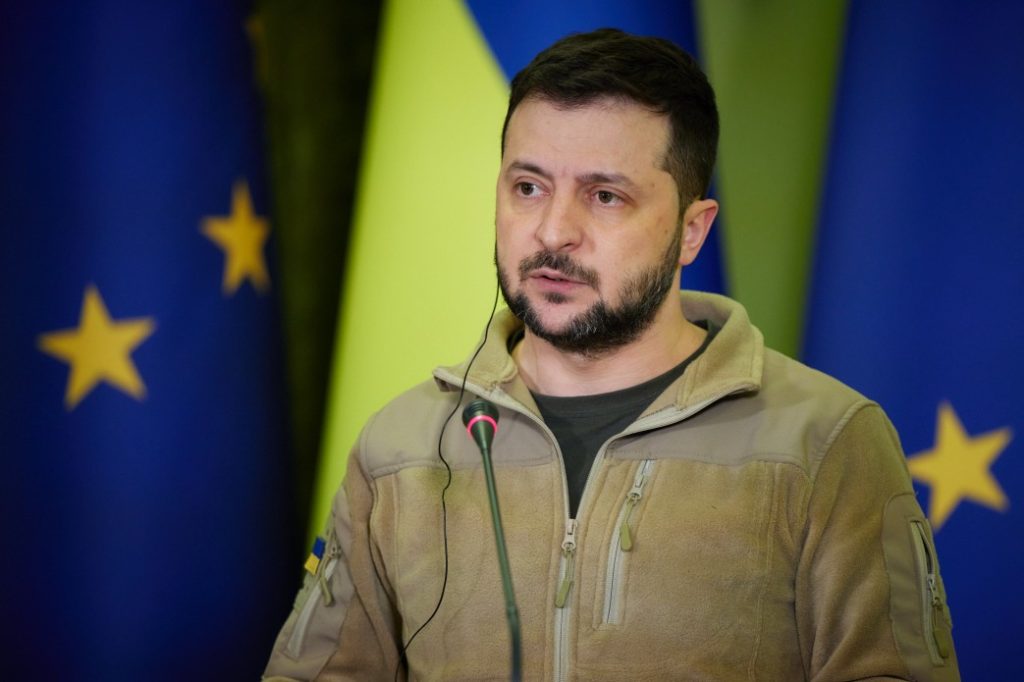
3. Oil Depots as Military Logistics Targets
Targets included two petrol depots, at Hvardiiske and Komsomolska, where fuel blazes raged and fuel storage was damaged. These facilities provide fuel to the Russian military forces in Crimea. The attack is a repeat of a modus operandi: President Volodymyr Zelenskyy said it has also cut Russia’s refining capacity by 20%. One facility belonged to ATAN, the most extensive fuel network in Crimea; disrupting that would be likely to affect not only the military supply lines but those of civilians.
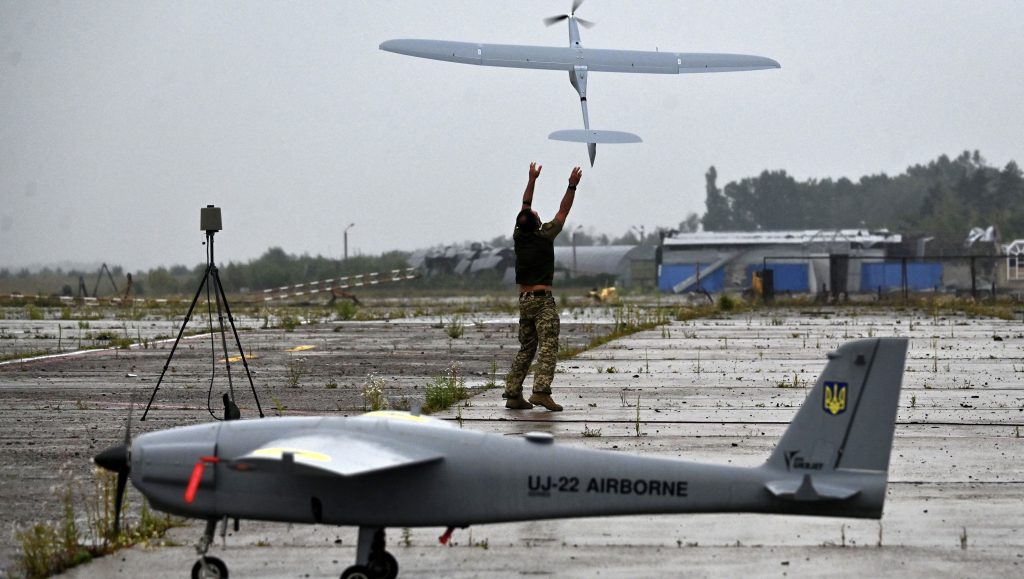
4. Integration into Ukraine’s Deep Strike Campaign
The operation fits within a broader deep-strike strategy pursued by Ukraine against targets such as oil refineries, chemical plants, and railway logistics. Kyiv has made significant investments in indigenous systems in a bid to circumvent Western restrictions against striking inside Russia. Companies like Fire Point manufacture long-range drones, including the FP-1 responsible for 60% of deep strikes, and the Flamingo cruise missile with a range of 3,000 km.
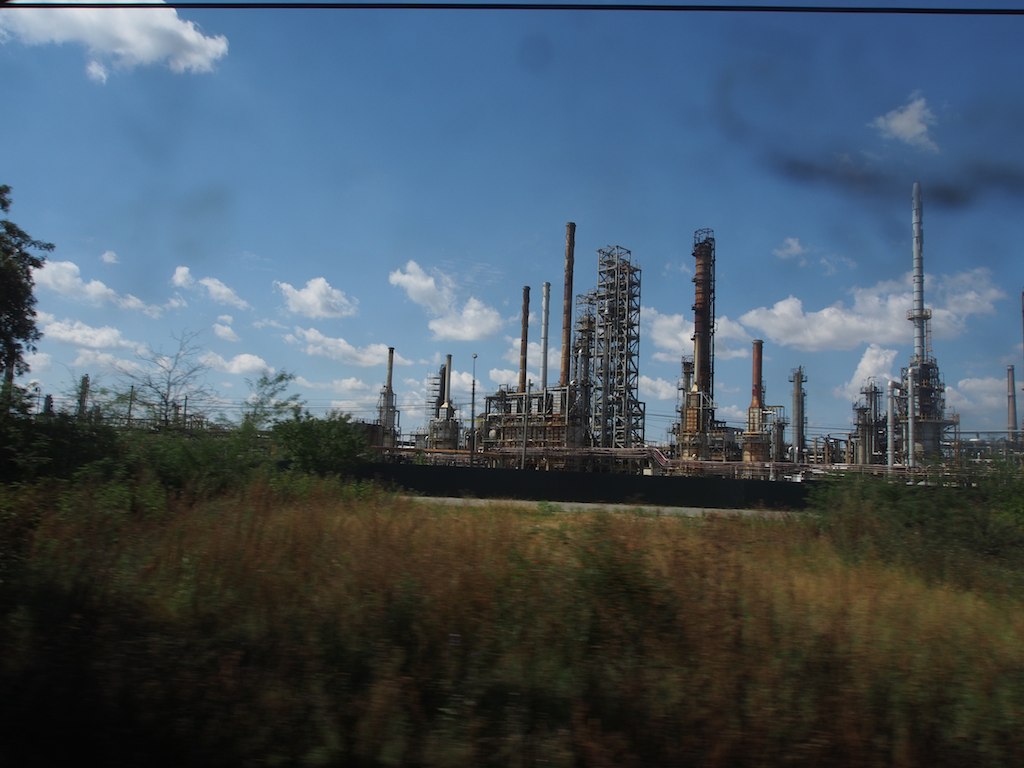
5. Impact on the Russian Supply of Fuel and the Economy
The strike actions against refineries and depots inside Ukraine have translated into fuel shortages and price spikes in parts of Russia: at least 10 refineries forced to suspend operation since August, BBC Verify found, while wholesale petrol prices are up 40% since January. Economic pressure like this compounds military losses, testing Moscow’s ability both to continue the operation and maintain stability at home.
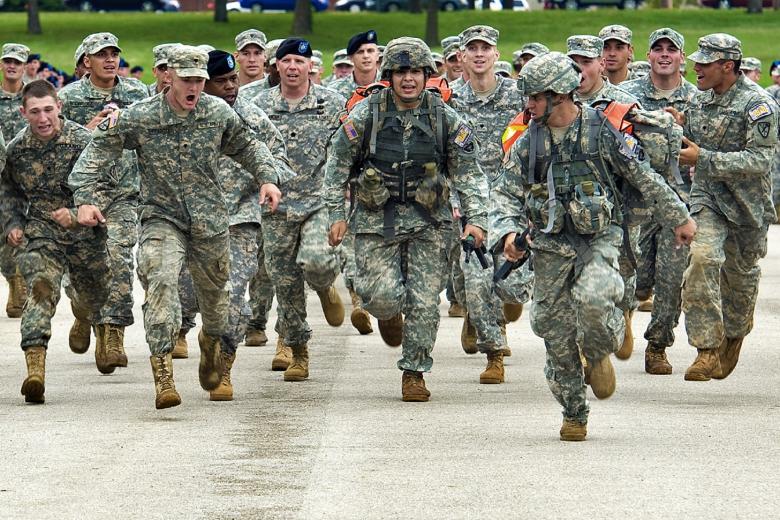
6. Disrupting Rail-Based Military Logistics
Beyond refineries, Ukraine has targeted trains carrying fuel and military equipment, turning the susceptibility to drone strikes into an advantage. Strikes against rail hubs and trains in Rostov Oblast and around Dzhankoi have cut supply lines into Crimea. Russia depends heavily on rail for bulk military transport; thus these strikes directly affect front-line resupply and operational tempo.
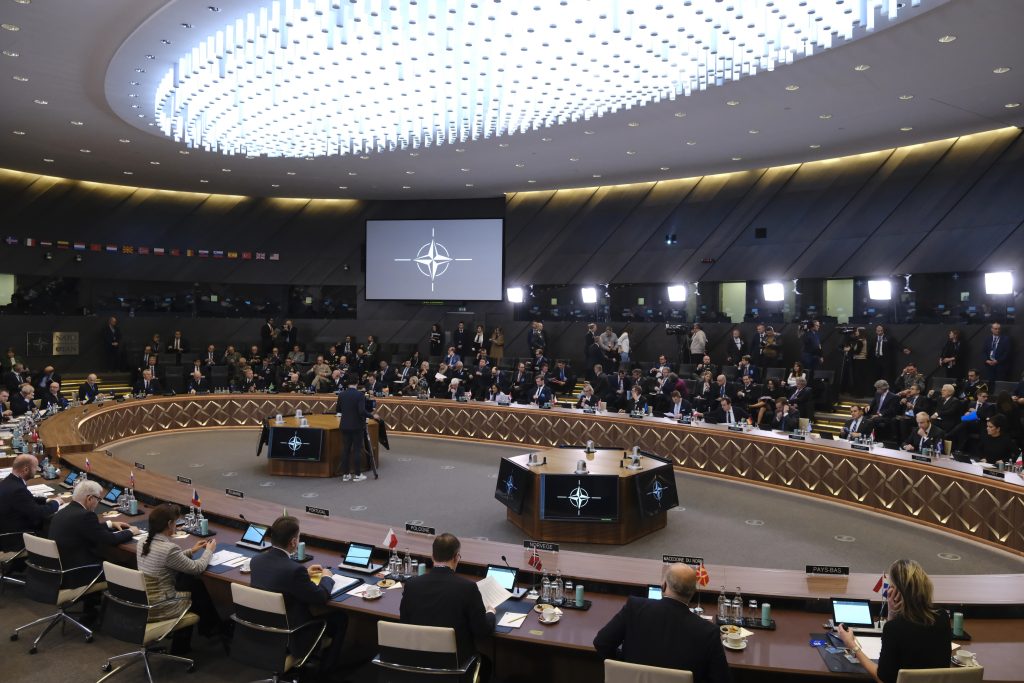
7. Technological Advantage through Domestic Innovation
Ukraine’s defense sector has grown 350% since 2022; it now churns out more artillery shells than all NATO members combined and is currently the world’s leading producer of tactical and long-range drones. It links firms with investors and military units through platforms such as Brave1, enabling fast prototype testing. That kind of agility allows Ukraine to outcompete Russia’s state-run defense industry, hence fielding systems tuned for a battlefield in constant evolution.
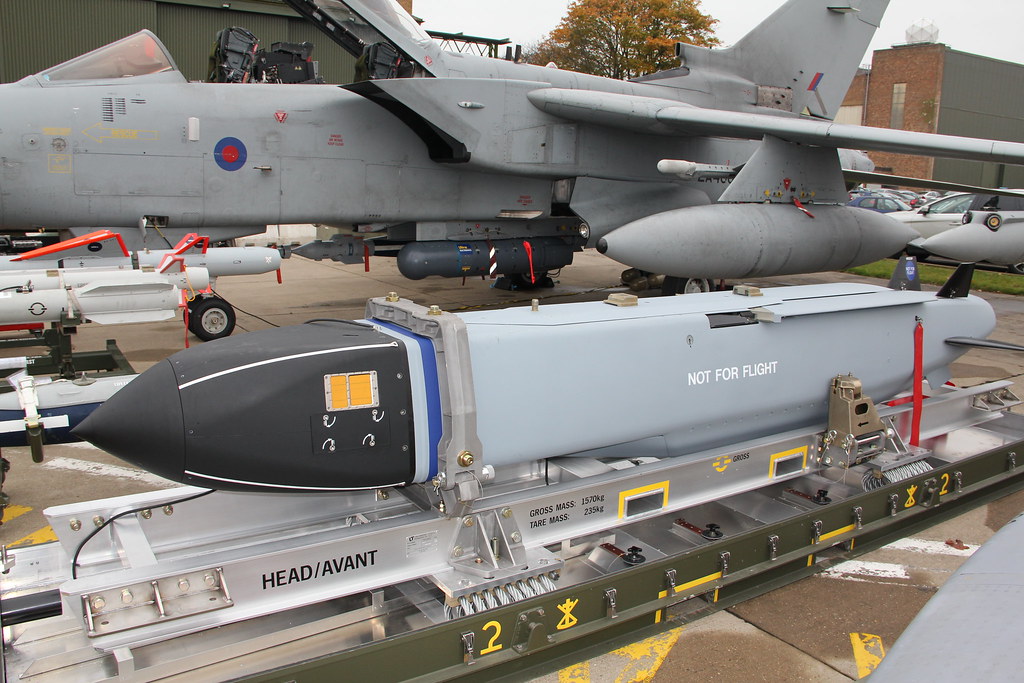
8. Western Systems in Ukrainian Operations
While it is domestic production that dominates, Ukraine also uses Western systems for high-value strikes. The attack last week against the Bryansk chemical plant used British-made Storm Shadow missiles designed for precision strikes against hardened targets. Such missiles complement Ukrainian drones that pierce fortified sites that unmanned systems could not destroy.
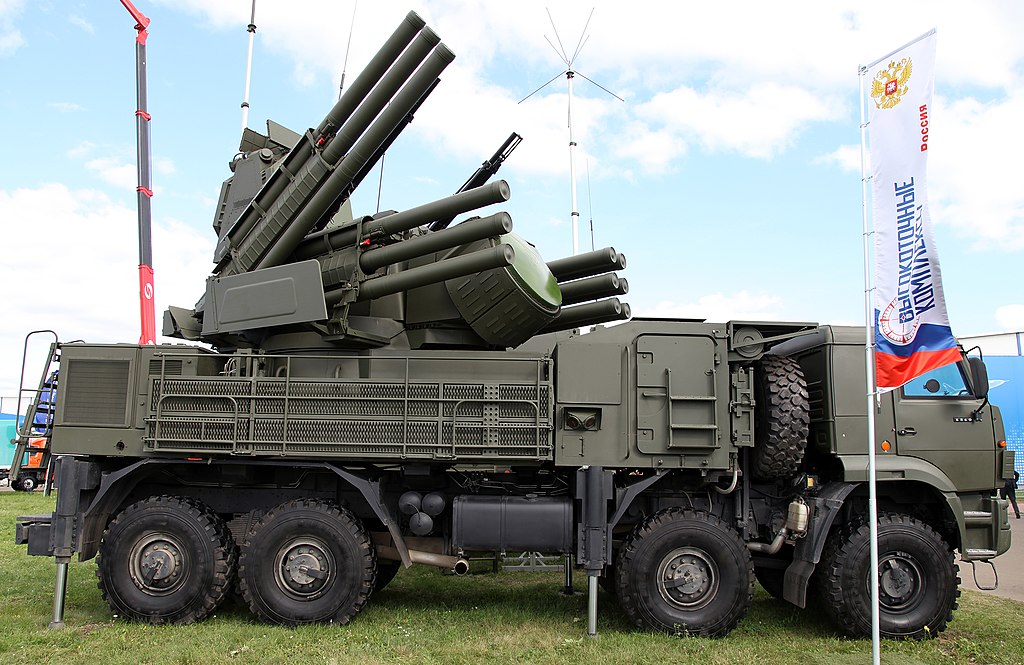
9. Strategic Signaling to Moscow
The Crimea strike makes a clear statement-no asset is off limits. However, by hitting in one operation a high-value air defense system, critical radars, and fuel infrastructure, Ukraine shows both capability and intent. These kinds of strikes will continue to make Russia divert more and more resources toward defense, reassess deployment patterns, and realize an increasingly long reach for Ukraine’s domestically driven arsenal.
The strikes against the Pantsir-S2, radar stations, and oil depots in Crimea represent more than a tactical victory; they represent a snapshot of the evolving warfighting model for Ukraine. Indigenous innovation, combined with the selective use of Western systems, is helping Kyiv systematically erode Russia’s military resilience. Each strike degrades hardware and undermines confidence in the Kremlin’s protection of its assets, shifting the strategic calculus in a conflict where reach and precision are increasingly decisive.
